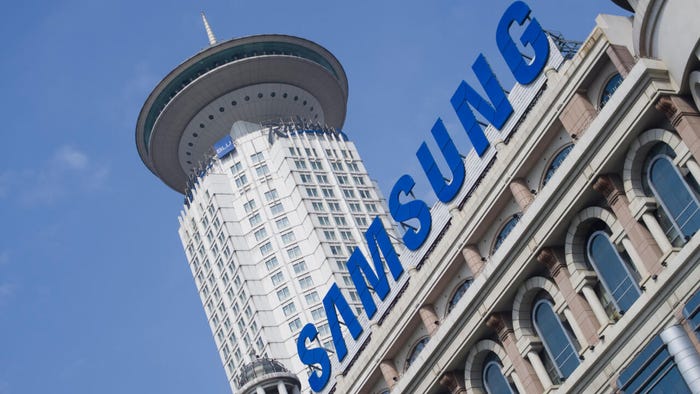
Satellite communication service provider SES is launching broadcast satellite ASTRA 1P, together with launch partner SpaceX, from Cape Canaveral, Florida, today. The launch is scheduled for 5:35 p.m. ET and can be viewed here starting at 5:20 p.m.
By 2026, the 1P will work together with the 1Q, which is still under development, to transmit video content via a hybrid approach of traditional and software-defined satellite technologies. More on that later.
Manufactured by French aerospace company Thales Alenia Space, the ASTRA 1P was delivered to Cape Canaveral via cargo ship.
After the launch, it takes about six months for the geostationary satellite to complete tests and to move from Earth's lower orbit to its final position at a height of 36,000km, orbiting at 19.2 degrees East.

(Source: SES) Encapsulation process to ready SES' ASTRA 1P broadcast satellite for launch.
The ASTRA 1P is exclusively a video satellite for broadcasters and content providers and will serve the European market in Spain, Germany and France, explained Steve Bisenius, VP of Media Solutions for SES.
"It carries 80 transponders of operating capability and is the largest DTH satellite that we've ever launched," said Bisenius.
SES' satellites at 19.2 degrees East over Europe support private and public broadcasters in delivering more than 850 channels via direct-to-home (DTH) pay-TV and free-to-air (FTA) platforms in Europe. In the Spain, Germany and France markets, SES delivers content to 119 million TV households via satellite, cable and IPTV.
Hybrid approach to broadcast satellites
Scheduled for launch in 2026, SES is working on the next iteration of the ASTRA – the ASTRA 1Q – which will be a fully software-defined satellite, said Bisenius.
The ASTRA 1Q "will have a lot of flexibility to determine the uplink and downlink coverage, and the payload will be fully digital," said Bisenius.
The 1P and 1Q will be able to work in hybrid mode – accessing the transponders and transmission capabilities of a traditional broadcast satellite (the 1P) plus the software-defined capabilities of the new 1Q. Using the satellites in tandem also provides redundancy should an issue arise with one of the satellite models.
"The beauty is having this first classical, large satellite that carries the main loads of traditional broadcasting, and the new one being software-defined, both working together in sort of a hybrid mode, offer us flexibility," added Bisenius.
The ASTRA 1Q software-defined satellite will also provide flexibility in delivering sports and events-based transmissions to a broader audience, he said.
In 1988, SES's first satellite, ASTRA 1A, was launched to the 19.2 degrees East orbital position. The second generation of ASTRA satellites were launched in the early 2000s. The ASTRA 1P and 1Q will be the third generation of these satellites. Each satellite has a lifespan of about 15 years.
There are currently four of the second generation of ASTRA satellites in use for the European market, but they will be replaced by the two third generation 1P and 1Q satellites, which "carry more transmissions" than the current four, explained Bisenius.
About the Author(s)
You May Also Like














